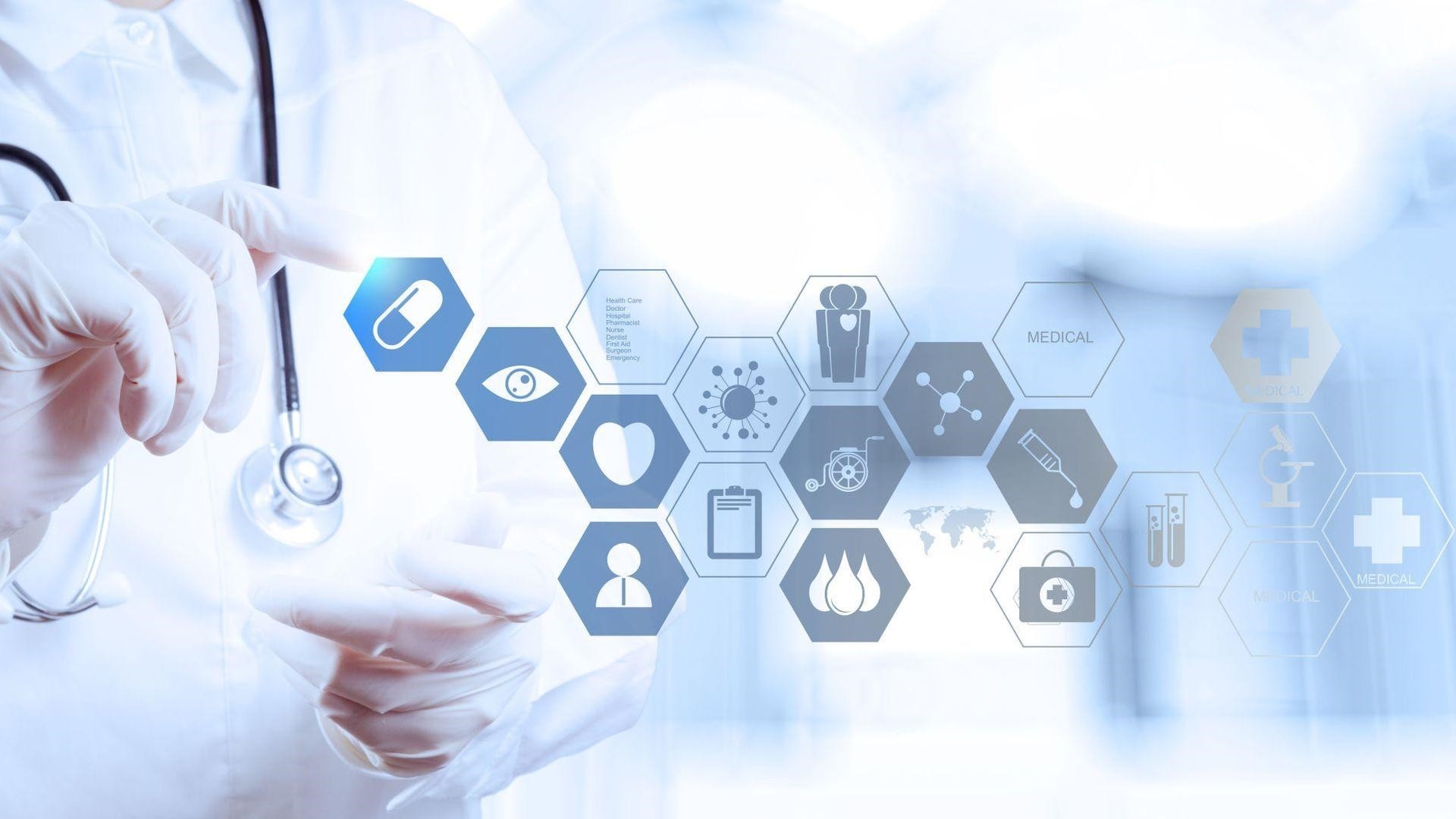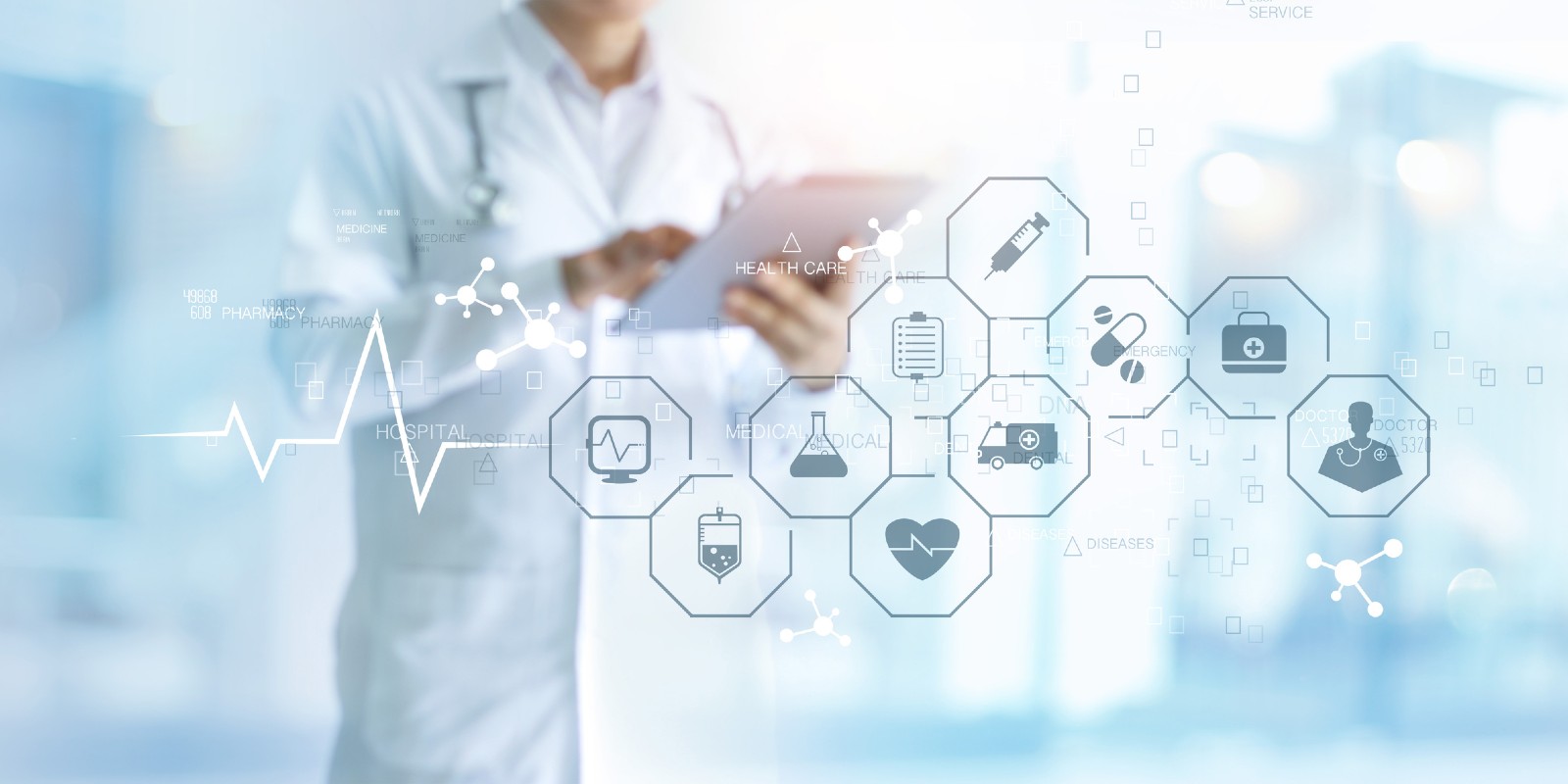Introduction
- Overview of how machine learning helps the healthcare industry.
- Understanding the use of predictive analytics in the Healthcare industry.
- How machine learning helps in the diagnosis of various diseases using different techniques?
- Challanges in using ML in the healthcare sector and how to overcome those.
Table of Contents
- What is Machine Learning?
- How is Machine Learning Used in Healthcare?
- Machine Learning in Predictive Analysis
- Machine Learning in Diagnosis
- Challenges of using Machine Learning in Healthcare
- How to Overcome Challenges of Using Machine Learning in Healthcare?
- Conclusion
What is Machine Learning?
- Supervised Learning: In Supervised learning, the model is trained with unlabeled data to predict outputs. It identifies patterns, anomalies, and relationships in data.
- Unsupervised Learning: In Unsupervised learning, the model is trained with unlabeled data to predict outputs. It identifies patterns, anomalies, and relationships in data.
- Reinforcement Learning: In Reinforcement learning, the model performs based on rewards received in the previous action.
How is Machine Learning Used in Healthcare?

Source: wlpaperboat.com
Machine Learning in Predictive Analytics
- Disease Management: Predictive models are used to detect different types of diseases, such as heart disease, diabetes, and cancer, and take preventive measures early for patients who are at high risk. For example, Machine learning algorithms can analyze data from EHRs and other sources, such as medical history, lab results, and lifestyle information, to predict a patient’s risk of developing diabetes.
- Readmission Prediction: Machine Learning models can analyze patient data and predicts who is at risk of being readmitted to the hospital after discharge. It helps healthcare providers to take preventive measures to reduce readmission rates.
- Resource and Demand Forecasting: Predictive models can predict demand for resources such as beds, operating rooms, and staff. It can help healthcare providers to manage their staff and inventory levels more effectively.

Source: engineering.wustl.edu
These are typical applications, but predictive analytics can be applied in many other areas, depending on the healthcare organization’s specific needs and available data
Machine Learning in Diagnosis
- Image Analysis: Machine learning algorithms can analyze medical images, such as CT scans, MRIs, and X-rays, to detect signs of disease or injury. For example, a model trained on a dataset of lung CT scans can be used to identify lung cancer. We can also detect diabetic retinopathy, breast cancer, skin cancer, and heart disease diagnosis using machine learning image analysis.
- Natural Language Processing (NLP): It extracts information from unstructured data such as medical reports, clinical notes, and electronic health records. For example, NLP techniques can extract information from electronic health records and create structured data sets, which can train predictive models to predict the likelihood of a patient developing a specific condition or disease.
- Monitoring of Vital Signs: Machine learning algorithms can monitor vital signs such as heart rate and blood pressure to identify early warning signs of a health condition. For example, ML algorithms can monitor crucial signs by analyzing video. They can detect abnormal heart rates or breathing patterns by seeing the patient’s face.

Source: assets.chaminade.edu
Challenges of Using Machine Learning in Healthcare
- Data Quality: High-quality data is essential for training and testing machine learning models. If the available data is of good quality, it can positively impact the performance of the models, and it will not predict accurate results.
- Limited Data: The amount of data available for machine learning in healthcare is limited, particularly for rare diseases or conditions. With the limited data, we cannot train our models effectively.
- Missing Data: Generally, healthcare organizations need more data. Training models or making accurate predictions can be complex when medical records have insufficient data.
- Feature Engineering: Extracting relevant features from the data can be a time-consuming and challenging task. Identifying the most critical elements to include in a model requires domain expertise and an understanding the problem.
- Privacy and Security: Healthcare data is highly sensitive and protected by strict regulations such as the Health Insurance Portability and Accountability Act (HIPAA). Ensuring the confidentiality and security of patient data is a significant challenge when working with machine learning in healthcare.
- Complex and High-dimensional Data: Healthcare data, such as medical images and time-series data, can be complicated and high-dimensional. Designing and training models that can effectively handle such data is difficult.
- Explain Ability and Interpretability: Many machine learning models, particularly deep learning models, are challenging to interpret and understand. This can be a problem in healthcare because these models’ decisions can have severe consequences for patients if they predict wrong results.
- Model Deployment and Integration: Model deployment and integration of machine learning in healthcare can be a problem due to technical complexity, lack of standardization, limited resources, data privacy and security, limited adoption, and lack of trust.
How to Overcome Challenges of Using Machine Learning in Healthcare?
-
Improving Data Quality: Use data cleaning and preprocessing techniques to ensure the data used for machine learning is accurate, complete, and usable.
-
Ensuring Data Privacy and Security: Implement strict security measures, such as secure data storage, access control, and encryption, to protect patient data.
-
Interpretable Models: Use interpretable models and visualization tools to help healthcare providers understand the predictions being made by machine learning models.
-
Ethical Guidelines: Establish ethical guidelines for using machine learning in the healthcare and test models for discrimination and bias to avoid ethical issues.
-
Clinical Workflow Integration: Work closely with healthcare providers, machine learning experts, and IT professionals to develop systems that are usable, efficient, and effective.
-
Model Validation and Testing: Validate and test machine learning models to ensure they are accurate and reliable.
-
Data Collection: Focus on collecting large, high-quality datasets to improve the accuracy of machine learning models.
-
Model Explainability: Use explainable AI methods to improve the interpretability of machine learning models and increase trust among healthcare providers and patients.
-
Building a Multidisciplinary Team: Assemble a team with expertise in both the healthcare domain and machine learning to overcome the technical challenges of using machine learning in healthcare.
Conclusion
- ML models can analyze large amounts of data and identify patterns and predictions that would be difficult or impossible for human analysts to detect.
- Machine learning has the potential to revolutionize the field of healthcare by enabling more accurate predictive analytics and diagnosis.
- However, it is significant to note that the successful implementation of machine learning in healthcare requires strong collaboration between healthcare professionals and data scientists.





